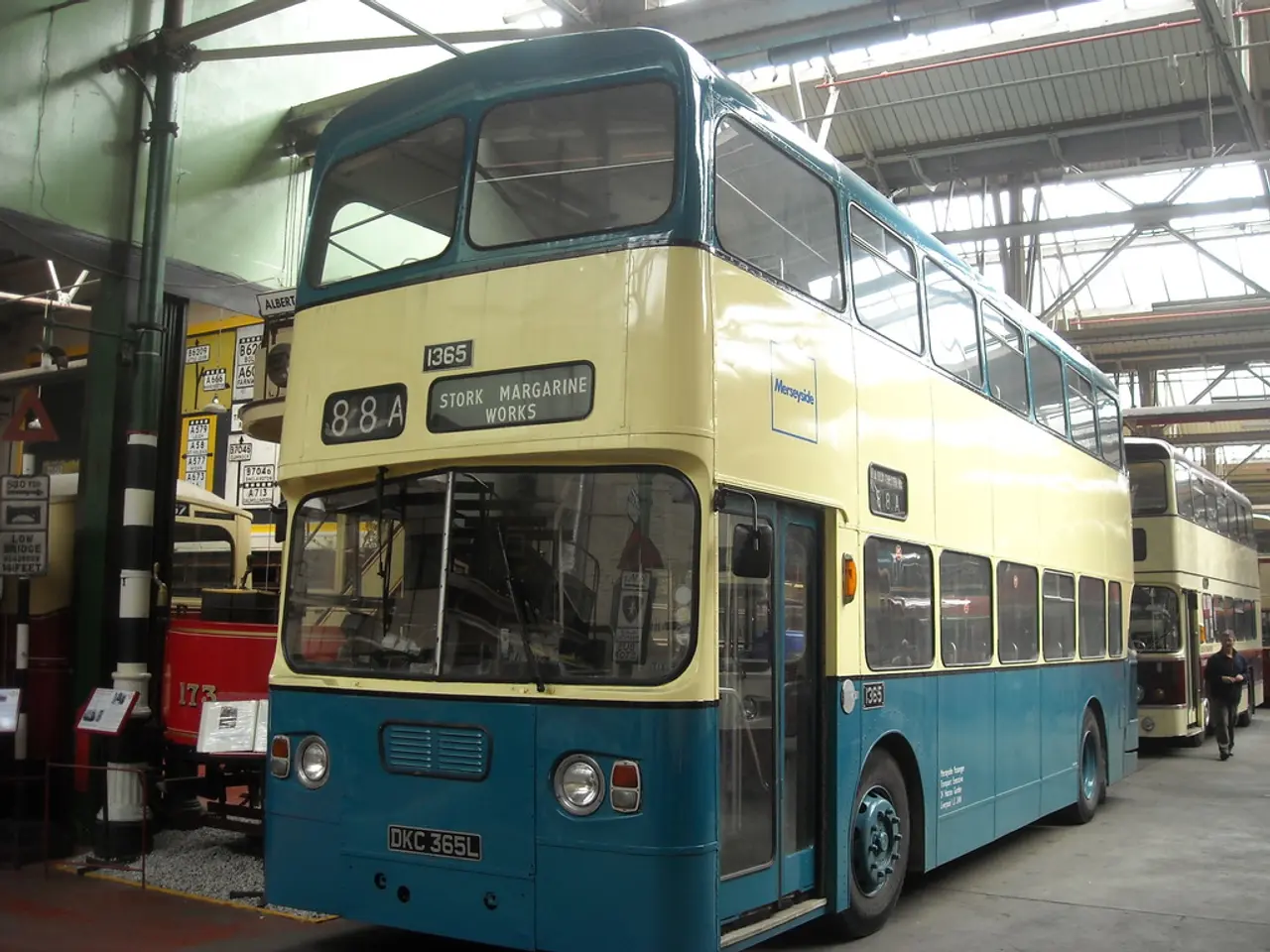LEED Green Associate Guidelines: Strategies for Transportation within the LEED Operation & Maintenance, Location and Transportation Category
In the world of sustainable architecture, the Location and Transportation (LT) category of the LEED (Leadership in Energy and Environmental Design) certification plays a crucial role. This category focuses on optimizing transportation for green building projects, aiming to reduce the environmental impact of transportation and earn LEED credits.
One of the key strategies to address transportation in the LEED O&M (Operations and Maintenance) Location and Transportation category is offering financial incentives. These incentives are designed to encourage sustainable transportation choices, such as the use of public transit, carpooling, biking, or walking.
Financial incentives can take various forms. For instance, subsidies for transit passes, reimbursements for carpooling expenses, or providing bike storage facilities and lockers are all common practices. Additionally, offering incentives for cycling, such as bike-share memberships or bike maintenance services, can be effective in promoting sustainable transportation.
Implementing parking pricing strategies that discourage single-occupancy vehicle use is another financial incentive offered to encourage sustainable transportation choices. By making it more expensive to park a car, occupants may be motivated to opt for public transit, carpooling, or cycling instead.
Offering financial incentives can bring about numerous benefits. Not only do they help to reduce greenhouse gas emissions and improve air quality, but they also contribute to a healthier lifestyle for building occupants. Furthermore, these incentives can help to reduce traffic congestion and alleviate parking demands, making it easier for building occupants to access the building and surrounding areas.
Moreover, financial incentives can contribute to the overall sustainability of a green building project. By reducing the need for private vehicle usage, these incentives can help to earn LEED credits in the Transportation category. Additionally, they can lead to cost savings and potential tax benefits, as reduced vehicle use can lower operational costs during the building's lifecycle.
It's important to note that strategies such as xeriscaping, minimizing impervious areas, or sizing the building appropriately are not directly related to addressing transportation in the LEED O&M Location and Transportation category. Instead, they fall under the broader sustainable site and transportation strategies.
The LEED v4.1 O&M rating system focuses on strategies that reduce the environmental impact of transportation associated with a building's operations. By implementing these strategies, green building projects can make significant strides towards a healthier environment.
For individuals preparing for the USGBC LEED Green Associate exam, the USGBC LEED Green Associate certification exam practice question and answer dump can be a valuable resource. This resource can help individuals understand the various strategies used to address transportation in the LEED O&M Location and Transportation category and earn the USGBC LEED Green Associate certification.
In conclusion, financial incentives play a vital role in encouraging sustainable transportation choices in green buildings. By reducing greenhouse gas emissions, improving air quality, and promoting a healthier lifestyle, these incentives contribute to a healthier environment and more sustainable green building projects.
Read also:
- Peptide YY (PYY): Exploring its Role in Appetite Suppression, Intestinal Health, and Cognitive Links
- Toddler Health: Rotavirus Signs, Origins, and Potential Complications
- Digestive issues and heart discomfort: Root causes and associated health conditions
- House Infernos: Deadly Hazards Surpassing the Flames








